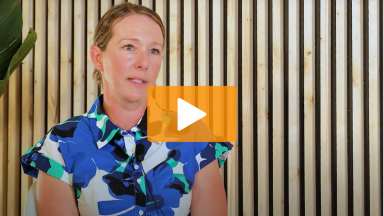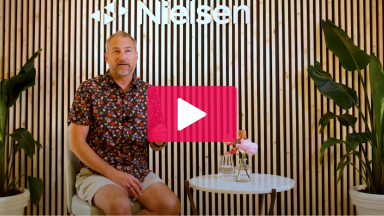
Our consumer behavior has changed drastically since the lockdown due to COVID-19. Time with media is increasing, digital shopping is on the rise, and consumers are trying new things due to many items being out of stock and their changing needs. This might require refocusing and changing the marketing strategy that companies had planned for 2020. This does not mean, however, making sweeping cuts to marketing investment.
Despite the increase in media consumption, many companies are pulling back on advertising investment. It is important for companies to understand the danger of cutting down advertising and the impact this will have on their mid to long term sales. Having a plan not just for today, but to prepare for what is to come afterwards, is more important than ever.
There are two key actions that can help companies come out on top, post COVID-19:
- Maintain or increase advertising and promotion investment now, in order to future proof your brand
- Have a plan to accurately measure your investment returns and use the results to drive marketing strategy decisions
- Maintain advertising and promotion investment now, in order to future proof your brand
History shows that decreasing advertising spend during a recession is often counterproductive. Many studies have shown that maintaining media investment during a downturn is likely to improve a business’s long-term profits.
One such study is ‘Advertising During a Recession’ by Alex Biel and Stephen King, 1990. Biel and King asserted that “cutting back on advertising during a recession can hurt sales during and after the recession, without generating any substantial increase in profits… Those advertisers who increase spending – whether modestly or aggressively – achieve greater market share gains than those who cut their advertising investment.”
Nielsen’s Marketing Mix analysis shows that short-term decisions to go dark also put long-term revenue at significant risk – both incremental revenue and base sales, which are associated with things like brand equity, distribution and product value. Our long-term effect model suggests that cutting advertising for the rest of 2020 could lead to an 11% revenue decrease in 2021. Turning off advertising for a period of time also reduces the effectiveness of media when ads go back on the air. It takes time to recoup the awareness lost from a gap in continuous airing.
While it might feel natural to cut back spending in troubled times, history shows that cutting advertising spend to increase short-term profits simply doesn’t work. Increasing advertising investment now is likely to reduce the negative impact of the downturn while increasing market share.
2. Have a plan to accurately measure your investment returns and use the results to drive marketing strategy decisions
With the changing environment, having a clear and accurate measurement plan for your investment is a competitive advantage. A company with an accurate measurement plan for its investment will be able to understand the new baseline and find ways to increase return on investments and market share.
How to make your measurement plan more accurate:
- Choose an objective measurement partner so that no one is grading their own homework
- Leverage a marketing mix methodology that includes all business drivers (media and non-media drivers)
- Use ROI benchmarks to understand how you perform versus others
- Review KPIs to evaluate success and inform your on-going decision making
Now, more than ever, it is extremely important to use a marketing mix methodology that includes all variables that impact your business, including non-media drivers, to accurately analyze your investment. In 2019, a marketing mix model could not be accurate without considering the increase in national consumption tax. In 2020, how can a model hope to provide value if it does not measure the effect of COVID-19? Based on Nielsen’s Marketing Mix Meta-Analysis, models that do not include full business drivers have, on average, 47% inflated incremental outcomes. If the right non-media drivers are not included in the analysis, companies risk inflating ROIs by up to 68%.
It is also important to understand how your return on investment compares against the industry. A particular ROI, such as TV ROI, might look strong compared to that of other media tactics or in isolation. You might find, however, that when compared against the ROI norms for all of Japan, your “strong” ROI is in fact below average and, as such, an area for renewed focus. Nielsen has the largest ROI database across our clients’ industries. Nielsen ROI Compass uses this to provide best-in-class industry benchmarks.
In this new environment, it is also important to review your KPIs to reflect the changes we see in the market place. Once they are set, they can be used to inform your on-going decision making and marketing mix analysis can help validate whether the key KPIs are met. COVID-19 has impacted different industries in different ways and, needless to say, it will have a long term impact on our businesses. What companies decide to do now with their advertising and their measurement plan will determine who comes out on top.



